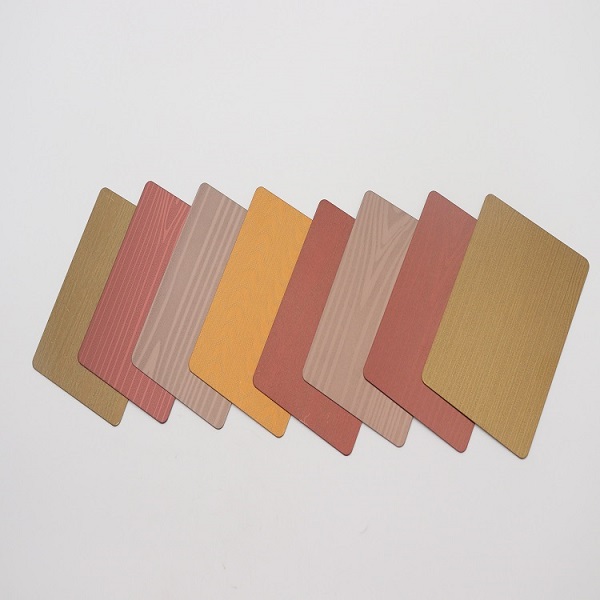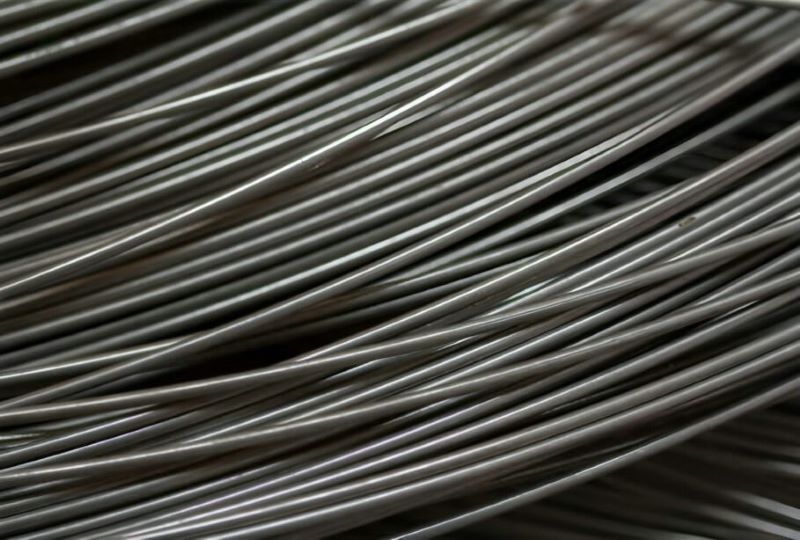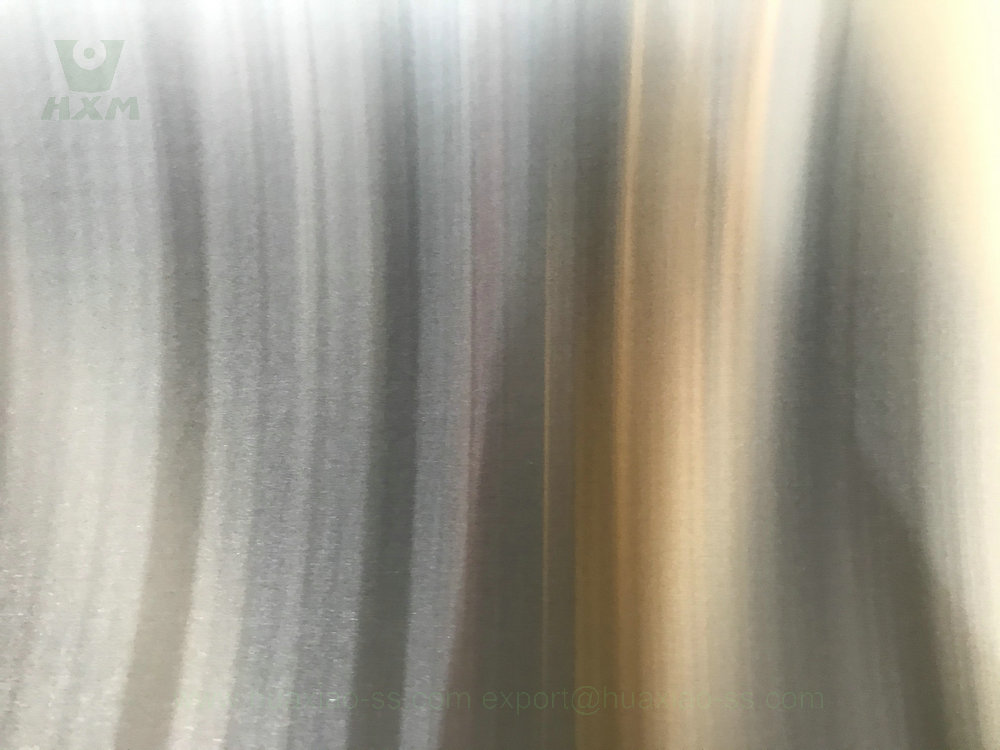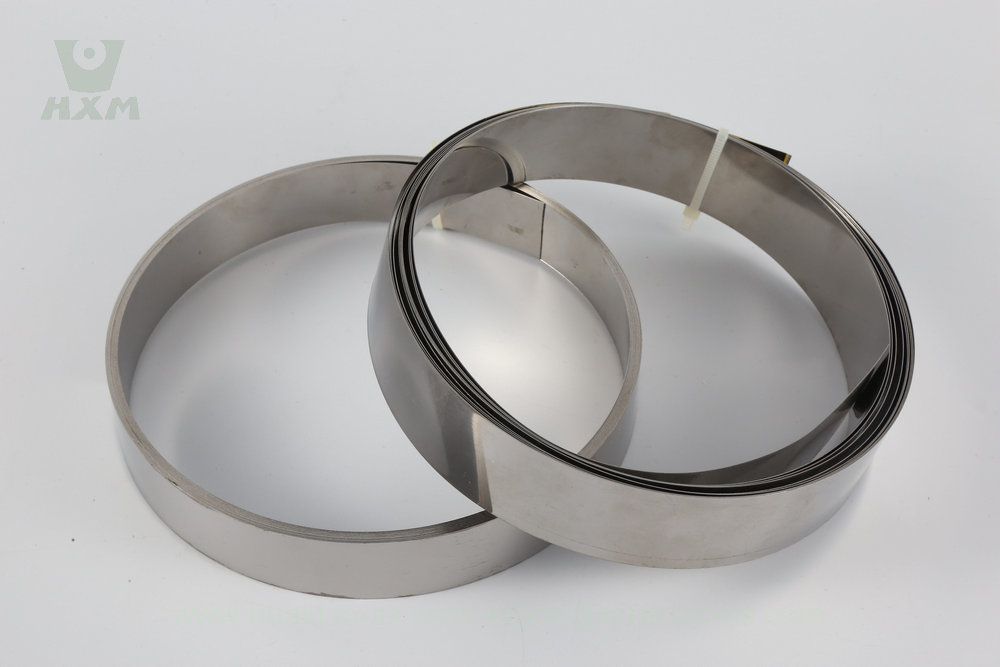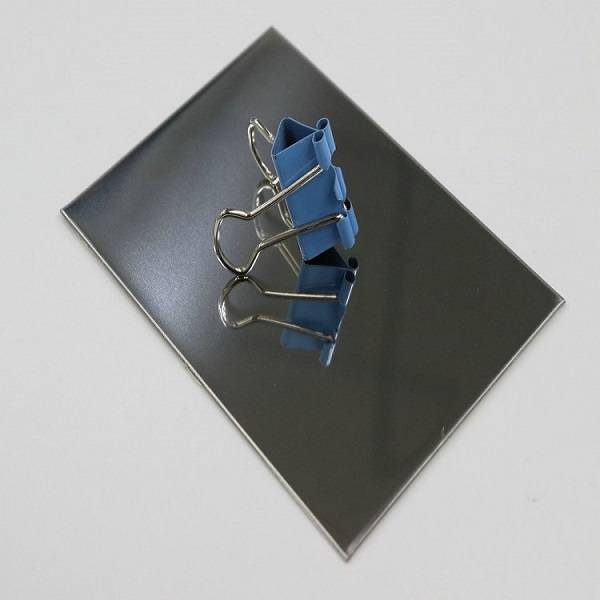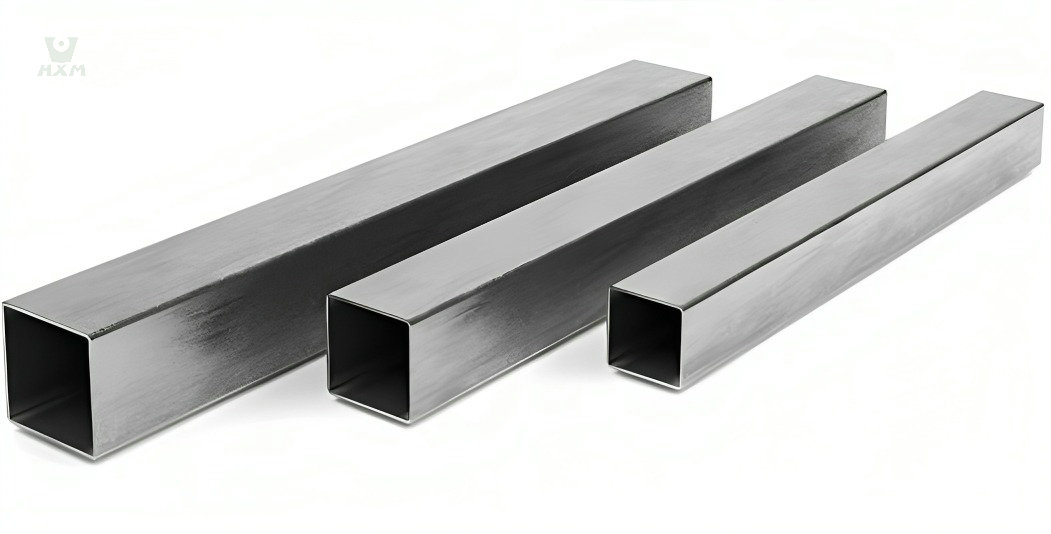2B finish in stainless steel
During stainless steel production, many defects can occur on the surface finish of stainless steel, such as dented, burred, oxidized, and soiled. These defects can cause the appearance and performance of stainless steel to deteriorate, so finish treatment is an important aspect that cannot be ignored. Amongst these, 2B stainless steel finish is a popular kind of cold-rolled stainless steel finish. The name “2B” is derived from the finished standard for stainless steel sheets, where “2” indicates the finish obtained after the second stage of grinding treatment, and “B” indicates that the finish has undergone pickling treatment. 2B stainless steel finish is a polished stainless steel finish with a smooth, bright appearance, which is widely used in construction, decoration, manufacturing, and other fields. This article describes 2B stainless steel finish production, its features, uses, and processing methods.
Process of 2B Stainless Steel Finish
The main purpose of the 2B stainless steel finish is to improve the finish and the corrosion resistance of the stainless steel. The process of 2B stainless steel finish treatment is usually divided into two steps: Grinding and Pickling. In the grinding step, workers use grinding wheels or other abrasive tools to polish the stainless steel finish to remove finish defects. This step can be divided into several levels, including 1D, 2D, 2B, BA, etc., with 2B stainless steel finish being the most common treatment.
1. Material Preparation:
- Select appropriate stainless steel raw materials, such as 304, 316, etc., which have good corrosion resistance and machinability.
- Ensure the surface of the material is clean and free from oil stains, rust, and other impurities.
2. Cold Rolling Process:
- Pass the stainless steel material through a cold rolling mill to achieve the desired thickness and surface smoothness.
- Control parameters such as rolling temperature, rolling speed, and reduction amount during cold rolling to obtain good surface quality.
3. Bright Annealing:
- Perform annealing treatment on the stainless steel material after cold rolling under specific atmospheres (such as a mixture of hydrogen and nitrogen gas) to eliminate internal stress and improve plasticity.
- Control annealing temperature, time, and atmosphere composition to ensure no oxidation and decarburization on the surface.
4. Pickling Treatment:
- Use a pickling solution to remove oxide scale and other surface impurities generated during the annealing process.
- Select appropriate pickling solution and soaking time, while controlling pickling temperature and concentration to avoid excessive corrosion and surface roughness.
5. Surface Polishing:
- Use mechanical polishing or chemical polishing methods to further smooth the stainless steel surface and remove minor irregularities and scratches.
- Control the selection of polishing tools and polishing agents, as well as polishing intensity and time, to achieve uniform 2B gloss.
6. Cleaning and Drying:
- Rinse the polished surface with clean water to remove residual polishing agents and impurities.
- Thoroughly dry the surface using drying equipment to prevent rust caused by residual moisture.
7. Inspection and Packaging:
- Inspect the processed stainless steel surface for quality to ensure compliance with 2B surface standards.
- Package the products to prevent damage or contamination during transportation and storage.
Throughout the manufacturing process, key process parameters include rolling temperature, reduction amount, annealing temperature, annealing time, pickling solution concentration, polishing intensity, and polishing time. The precise control of these parameters is crucial for obtaining high-quality 2B stainless steel finishes. Additionally, appropriate equipment and tools need to be selected, and operators’ professional skills and experience need to be ensured to ensure the smooth operation of the entire manufacturing process.
Features of 2B Stainless Steel Finish
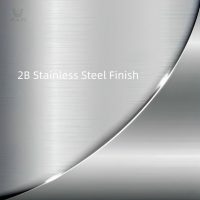
physical property of 2B finish
- Surface Hardness: The 2B stainless steel finish, after polishing treatment, exhibits high surface hardness, capable of resisting certain levels of scratching and abrasion.
- Glossiness: It has moderate glossiness, with the ability to reflect light moderately, neither excessively dazzling nor too dull.
- Flatness: The surface is smooth and flat, without noticeable concavities, convexities, or wavy undulations, ensuring good appearance quality.
chemical property of 2B finish
- Corrosion Resistance: Stainless steel itself has good corrosion resistance, and the 2B stainless steel finish further enhances this corrosion resistance, making it capable of resisting the corrosion and oxidation of various chemicals.
- Anti-Pollution: The 2B finish is not prone to adsorb and accumulate pollutants such as dirt and grease, making it easy to clean and maintain.
- Stability: At normal temperature and pressure, the 2B stainless steel finish can maintain stable chemical properties, resistant to chemical reactions or discoloration.
Advantage&Disadvantage of 2B Finish
| Surface Treatment | 2B Finish | BA Finish | HL Finish | Mirror Finish |
|---|---|---|---|---|
| Definition | Cold-rolled, annealed, pickled, and leveled | Cold-rolled, bright-annealed, and leveled | Ground, polished | Highly polished to mirror effect |
| Glossiness | Moderate | High | Low | Very High |
| Texture | Smooth and uniform | Mirror-like brightness | Rough | Mirror-smooth |
| Corrosion Resistance | Good | Good | Fair | Good |
| Wear Resistance | Moderate | Moderate | Poor | High |
| Applications | Construction, appliances, decoration | High-end decoration, furniture | Heavy industry, machinery | High-end decoration, art pieces |
| Cost | Low | Medium | Medium | High |
| Maintenance Difficulty | Easy | Easy | Moderate | Difficult |
| Color Consistency | Good | Excellent | Poor | Excellent |
Note:
- BA Surface (Bright Annealed): Similar to 2B, but with a brighter surface and no oxidation.
- HL Surface (Hairline): Fine hairline texture formed after grinding, more understated.
- Mirror Surface: Highly polished treatment, surface smooth as a mirror, typically used for high-end decoration and art pieces.
Applications of 2B Stainless Steel Finish
Architectural Decoration:
- Wall panels
- Elevator interiors
- Handrails and balustrades
- Column cladding
Kitchen Equipment:
- Countertops
- Sinks
- Range hoods
- Food preparation surfaces
Electronic Equipment:
- Enclosures for electronic devices
- Control panels
- Computer chassis
- Laboratory equipment
What is the difference between 2B and BA stainless steel?
Proper Handling Techniques: Emphasizing the importance of using tools and methods that minimize contact with the protective film to avoid scratches and abrasions.
Storage Recommendations: Guidelines for storing stainless steel wire in a clean, dry environment to prevent contamination or corrosion that could weaken the protective film.
Cleaning Methods: Advising on gentle cleaning techniques that do not compromise the protective film, including the use of non-abrasive cleaning agents and soft cloths.
Environmental Considerations: Discussing how exposure to harsh chemicals or extreme temperatures can damage the protective film, and how to mitigate these risks.
Inspection and Maintenance: Regular inspection procedures to check for any signs of damage to the film and steps to take if damage is detected, including repair or replacement of the protective coating if necessary.
CAN A 2B FINISH BE MATCHED?
How to Match a 2B Finish:
Surface Preparation: Begin by ensuring the surface of the material is free from deep scratches, pits, or imperfections. This often involves grinding or brushing to achieve a uniform base.
Mechanical Polishing: To achieve the smoothness and consistency of a 2B finish, the material may undergo mechanical polishing with fine abrasives. Polishing compounds like silicon carbide or aluminum oxide are commonly used to refine the surface.
Pickling and Passivation: Stainless steel with a 2B finish is often treated with an acid solution (pickling) to remove any surface contaminants. Passivation follows to restore the natural oxide layer that gives stainless steel its corrosion resistance.
Final Polishing: The final step is using lightly polished rollers or buffing to achieve a uniform, semi-reflective surface without a high gloss. The rollers used must match the texture and pressure applied during cold-rolling.
Challenges:
Surface Consistency: Achieving a uniform appearance can be challenging, particularly on large surfaces or across different batches of material. Factors like the type of stainless steel, prior treatment, and exact rolling conditions can affect the final appearance.
Color Matching: While the texture and reflectivity of a 2B finish can be matched, slight differences in the steel’s composition or grain direction can lead to visible variation in color or tone.
In Practice:
Matching a 2B finish is possible, especially with the right equipment and techniques, but it may require professional finishing services to ensure consistency, particularly when working with large surfaces or patching small areas of existing material.
Conclusion
By using the grinding and pickle method, it can effectively remove the defects and impurities from the finish of stainless steel, and improve the finish and corrosion resistance of stainless steel. Compared with other finish treatment methods, 2B treatment is widely used in the stainless steel product manufacturing industry because it does not damage the chemical composition and physical properties of stainless steel while having lower costs and higher production efficiency.
Besides 2B stainless steel finish treatment, there are some other stainless steel finish treatments, like bright polish (BA), sandblast treatment, galvanizing, etc.. These treatments have their advantages and disadvantages, and the appropriate finish treatment should be selected in accordance with the actual needs.
It should be noted that the finish treatment of stainless steel is not a once-and-for-all process, and its finish quality and corrosion resistance will be gradually reduced with the passage of time. Thus, when used for a long time, regular cleaning and maintenance are required to prolong the service life and appearance quality of stainless steel products.
As a professional stainless steel supplier, we are committed to providing high quality stainless steel products and excellent service. If you have any needs regarding 2B stainless steel surface treatment or other stainless steel products, please feel free to contact us. We will be happy to provide you with the best solutions and quality stainless steel products.
Get In touch
Ready to Elevate Your Projects? Dive into our Stainless Steel Collection and Submit Your Specifications Today!


